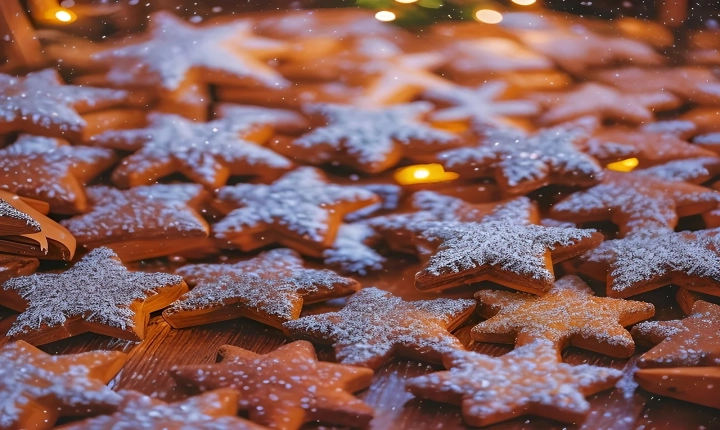Title: How to Tell if a Picture is AI-Generated
In today’s digital age, technology has advanced to the point where artificial intelligence (AI) can create incredibly realistic images that are often indistinguishable from those captured by a human photographer. With the rapid advancement of AI in generating images, many people find it challenging to determine whether a picture is AI-generated or not. However, there are several clues that can help us identify whether a picture is created by AI or produced by a human.
First and foremost, one of the key indicators of an AI-generated image is the presence of surreal or impossible elements in the picture. AI algorithms can create images that are dreamlike or fantastic in nature, featuring strange landscapes, unusual creatures, or distorted perspectives that are beyond the realms of reality. If a picture features elements that seem too perfect, too bizarre, or too fantastical to be true, it is likely to be AI-generated.
Another telltale sign of an AI-generated picture is the presence of repeating patterns or symmetrical structures that are meticulously arranged. AI algorithms are adept at creating perfectly symmetrical images or patterns that are seamlessly repeated throughout the frame. These repetitive and perfectly balanced elements are often difficult for a human to achieve in a natural setting, pointing towards the image’s AI origin.
Furthermore, the lack of fine details or imperfections in an image can also be an indicator of AI generation. While AI can create stunningly realistic images, it may sometimes struggle to capture the subtle imperfections and nuances that are typically present in photographs taken by a human. A lack of imperfections or inconsistencies in an image, such as the absence of subtle textures or irregularities, can be a clue that the image was generated by AI.
In addition, the context and content of the image can also provide clues to its origin. If an image features an impossible combination of objects, animals, or landscapes, such as a flying elephant or a mythical creature in a real-world setting, it may likely be AI-generated. AI algorithms have the ability to seamlessly blend disparate elements together, creating scenes that defy the laws of physics or the constraints of reality.
Moreover, the metadata accompanying the image can also provide valuable information about its origin. Understanding the source of the image, its creation date, and the software used to generate it can offer insights into whether the picture is AI-generated or not.
It’s important to note that the advancement of AI in generating images means that these clues may become less reliable over time, as AI algorithms continue to improve and become more sophisticated. As a result, the distinction between AI-generated and human-created images may become increasingly challenging to discern.
In conclusion, the rise of AI-generated images presents an interesting challenge in the realm of photography and digital art. While AI continues to push the boundaries of creativity and realism, there are still discernible clues that can help us identify whether a picture is AI-generated or not. By paying attention to surreal elements, repetitive patterns, lack of imperfections, context, and metadata, we can develop a critical eye for distinguishing between AI-generated and human-created images. As technology continues to evolve, the ability to differentiate between these two types of images will become an increasingly important skill in the digital landscape.
